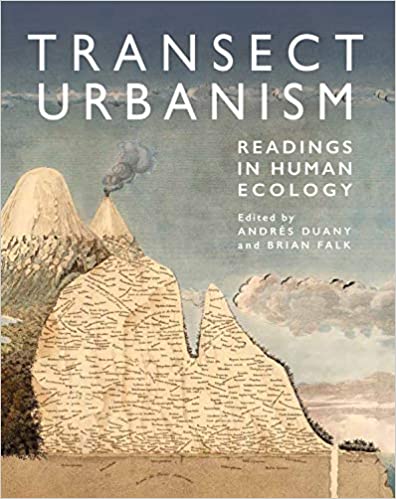Transect Urbanism is a collection of essays that describe a seminal idea of the New Urbanism movement. The concept is roughly based on observations made by Alexander von Humboldt, a nineteenth-century Prussian naturalist and Patrick Geddes, a twentieth-century Scottish biologist. Geddes was a pioneering urban planner and his Valley Section drawing of 1909 was the basis for a theory postulated by Andrés Duany a century later. Duany’s Rural-to-Urban Transect describes a smooth continuum of six zones—Natural, Rural, Sub-Urban, General Urban, Urban Center, Urban Core—from less to more dense, and from less to more urbanized. Perhaps it is the exception that proves the rule, but what strikes me is that many of my most memorable urban experiences have been the result of roughness rather than smoothness, of odd juxtapositions: the escarpment and ocean beach next to downtown Santa Monica, and Copacabana Beach in Rio; Mount Royal in the middle of downtown Montreal, and the Acropolis in Athens; the quais along the Seine in Paris, and the view of sculls and sailboats on the Charles River in Cambridge. Walking along Fifth Avenue beside Central Park and looking over a low stone wall at a large chunk of the bucolic Adirondacks you experience the Transect’s Zone T1 (Natural) and T6 (Urban Core) simultaneously. Unforgettable.

